This expedition was a part of our clinical collaboration with the Mayo Clinic. In short, this particular study focused on the effect of altitude and aging on heart and lung function.
We were a group of 27 researchers and volunteers ranging in age from the mid-20s to the mid-60s. We spent 11 days climbing Kilimanjaro. During that climb, we underwent a series of tests and physiological monitoring. It was a physically strenuous time because we walked over 90 kilometers in sometimes hard, mountainous terrain.
The group was composed of healthy individuals, but healthy individuals who are exposed to higher altitudes often experience this hypoxia-induced dysfunction of the heart and lungs that closely resembles some pathological changes that we also observe in patients with heart failure, COPD, pulmonary hypertension or even sleep apnea.
Our goal was to develop novel assessment methods and treatment therapies that could be used in those patients.
The reason why we also look at the correlation with age is that usually those changes physically intensify with age, so the older the person, the more severely they are affected.
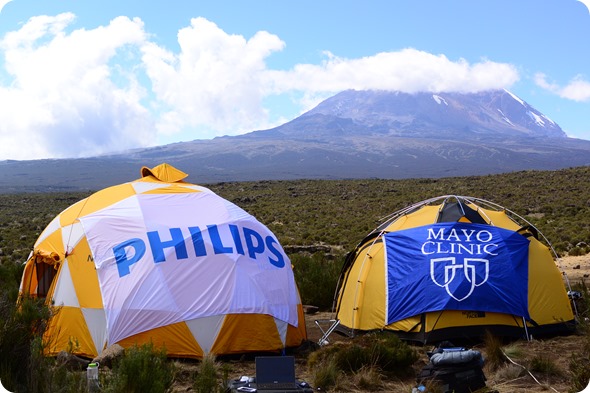
How did your bodies respond to the rigors of high altitude?
Looking across the whole team, most people did feel to different degrees, some sort of high altitude sickness. Personally, I was quite lucky to have very few minor effects, but with the progress to the higher altitude and especially on the summit base, I did feel slightly light-headed or dizzy.
Even before that, any intense physical activity, including some of the exercises that we did as part of the testing, would lead to a shortness of breath and increased fatigue faster than at sea level. I did not suffer from sleep problems, although this is one of the common complaints.
There are some positive sides to those effects. Due to the response to the lower saturation of oxygen, our bodies try to create a higher transport capacity by producing more red blood cells. After descending, I had 25% higher hemoglobin concentration than before the climb. I also lost some weight, which I still hope was not only due to the expected muscle wasting.
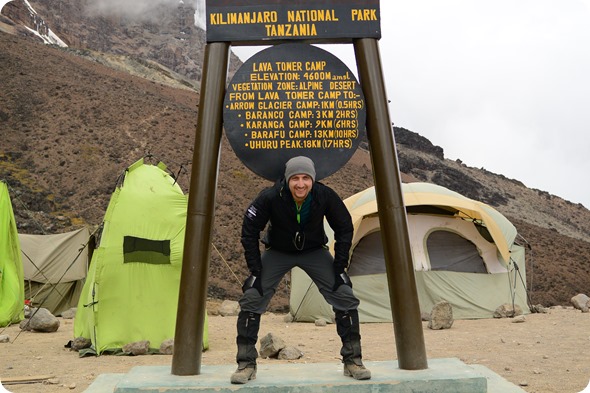
Is the lack of oxygen at high altitudes a good mimic for oxygen deprivation during a cardiac event?
Yes. It has many analogies to clinical populations. For example, heart failure patients will often develop systemic changes that mirror the ones we can observe in healthy adults that are getting hypoxic.
Higher blood pressure in the lungs would often be accompanied by pulmonary congestion or edema. There are increases in respiratory rates, which often also leads to hyperventilation and them breathing too much. The breathing patterns get disordered both during the day as well as night and they can lose weight, which is also a common problem associated with high altitude exposure.
What technologies did you use to monitor how the body adapts to lack of oxygen?
We used lots of measurement devices. We had the Philips portable ultrasound systems CX50 xMATRIX and Lumify, which we used for heart function and lung edema monitoring.
We used spirometry for lung function, capacity and volumes. We had pulse oximeters. We included sleep testing devices, which was the Philips Alice NightOne, that records respiratory effort, nasal air flow, blood oxygenation and pulse rate.
We also did some measurements with our Vital Signs Camera for the extraction of heart rate before and after exercise.
I had even taken with me, just in case, a Philips HeartStart AED.
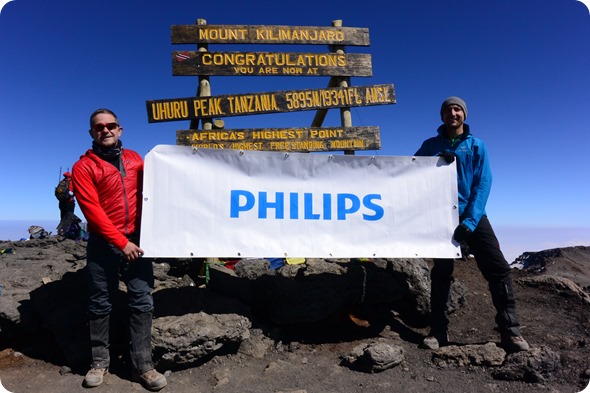
What clues do you think the data from these technologies will give us as to how diagnosis and treatment for cardiac events can be improved?
It's too early to go into much detail because we haven’t had the chance to analyze all the data that was collected, but we do hope it will provide new insight and deepen our understanding of the problems that are caused by hypoxia and the mechanisms that, in the case of the study, a healthy body deploys to compensate for lack of oxygen.
Then we can better understand those processes in the actual patient. It also might lead to other ways of inducing these mechanisms to help those patients. We also hope to further understand the influence of physical exercise on vascular function.
In what ways do you think your findings will help to develop the technologies moving forward?
Some devices such as the ultrasound systems were used in a very demanding environment, a scenario the systems are not primarily intended for. We did gather some evidence that supports the use of those portable echocardiography machines to assess the severity of the altitude sickness. Then, we studied the cardiopulmonary dysfunctions that come with it.
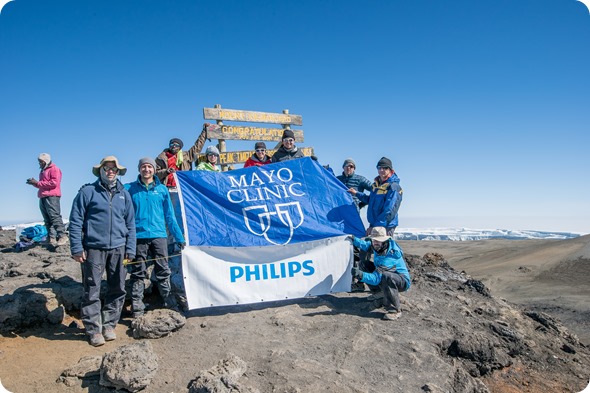
What do you think the future holds for the prevention of cardiac issues?
I think, in general, the focus is now on a healthy lifestyle, nutrition and physical exercise to prevent the changes associated with an adverse cardiac or pulmonary condition developing. Where the pathology is clear, more availability of screening or monitoring solutions will enable earlier detection and initiation of treatment, which should increase the chance of a positive outcome.
There is still plenty of work in front of us in terms of analyzing the data and we expect interesting findings in the near future, in the next few months. We'll also be highlighting the publications of the study results.
We do hope that this expedition will really lead to an improvement in clinical treatment because it was a great experience from the point of view of the research that was done and the work that we have accomplished.
Where can readers find more information?
We are aiming for some of the abstracts to be available in a few months’ time.
About Marek Bartula
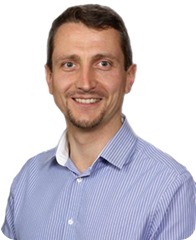 Marek Bartula received his M.Sc. degree in Electrical Engineering from Wroclaw University of Technology in 2005, specializing in digital signal processing. He joined Philips Research in the area of video processing/analysis, visual perception and computer vision.
Marek Bartula received his M.Sc. degree in Electrical Engineering from Wroclaw University of Technology in 2005, specializing in digital signal processing. He joined Philips Research in the area of video processing/analysis, visual perception and computer vision.
He worked with other industry partners on video-conferencing systems, displays and surveillance cameras, developing and transferring state-of-the-art technologies.
Marek co-pioneered at Philips the breakthrough camera-based monitoring of vital signs, including respiration, heart rate and blood oxygenation.
He has been increasingly involved in clinical aspects across different geographies, and various applications in the areas of neonatology, emergency medicine and resuscitation, low acuity and telemonitoring. Marek also continues to drive Philips’ clinical research collaboration with Mayo Clinic.